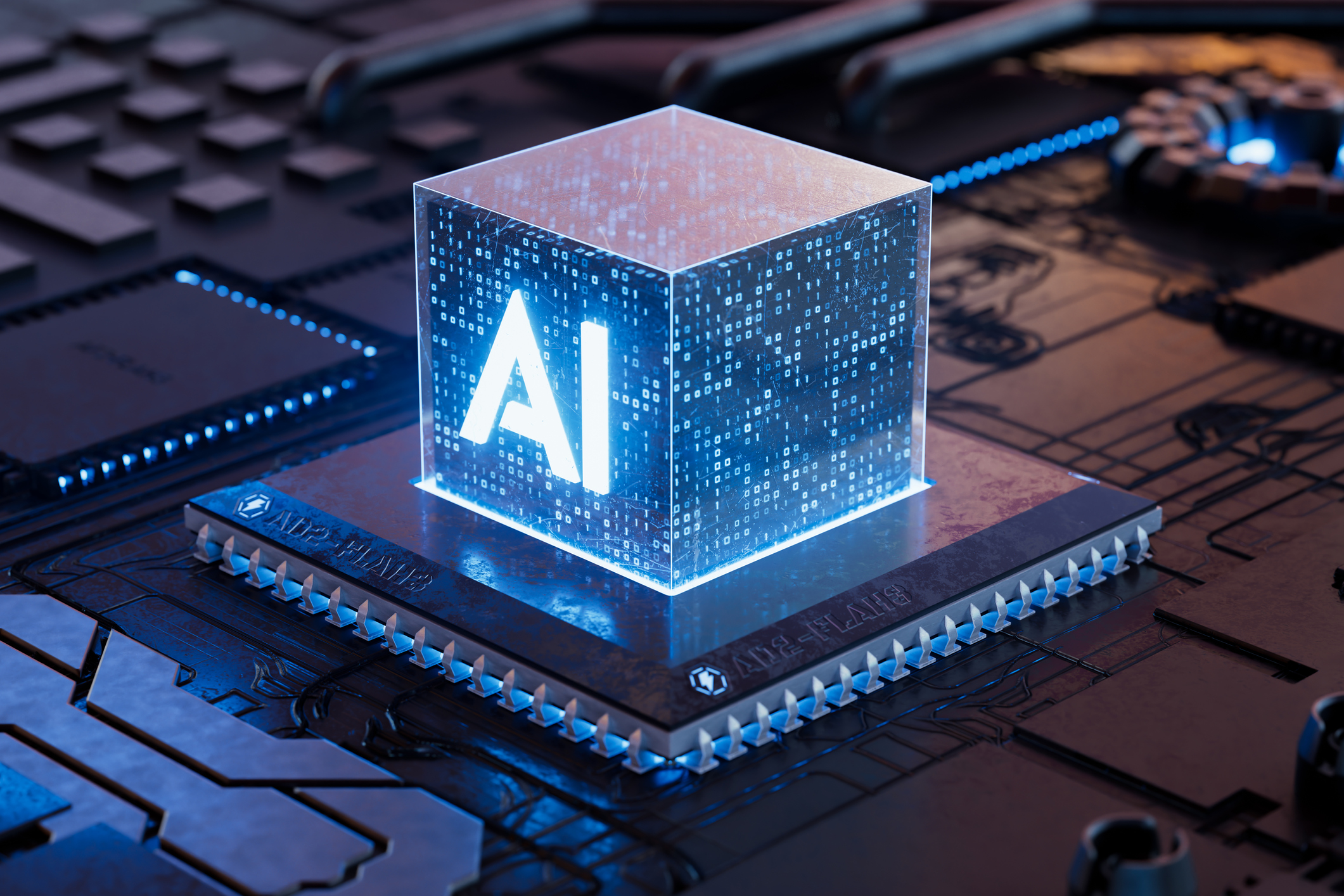
A Quiet Launch Leads to an AI Revolution
In November 2022, OpenAI’s strategy was modest: release a “low-key research preview” of ChatGPT to a handful of early adopters for feedback. Inside OpenAI, predictions were just as modest as its strategy, with the most optimistic bet being 100,000 users by week’s end. Defying all expectations, ChatGPT hit a milestone of 1 million users in just five days, marking its place as the fastest-growing consumer product in history. This wasn’t just a success story but the commencement of a generative AI era, demonstrating the technology’s mass appeal and utility.
The latest McKinsey Global Survey on AI reports a third of organizations are harnessing generative AI tools in at least one business function. Even the C-suite is getting hands-on with AI, with nearly a quarter of executives using these tools for work. Furthermore, 40% of businesses are gearing up to boost their AI investments.
Catalyzing Change in GovCon: Realizing AI’s Kinetic Potential through Applied Innovation
But how will AI affect government contract management? GovCon has seen its share of overhyped technologies that promised much but delivered little. Some were ahead of their time, solutions in search of a problem that never materialized. While others, tailored for the commercial market, couldn’t navigate the unique challenges of government contracting.
AI is full of potential energy, but the value to GovCons will come when converting that potential into kinetic energy—applying the right AI technologies to solve significant and specific problems in government contracting. At Unison, we channel this potential into kinetic energy through our core philosophy of Applied Innovation. This approach is not about leveraging AI for AI’s sake; it’s about harnessing AI to solve concrete, specific challenges in government contracting. Here are a few examples:
- Data Extraction: AI’s role in contract data extraction is pivotal. Going beyond the capabilities of basic OCR tools, AI can adeptly pull out essential information from contracts, such as key terms, dates, performance periods, and involved parties. This isn’t just about reading text; it’s about understanding context and semantics, which significantly streamlines the data ingestion process and enhances efficiency.
- Clause Recommendation: Another area where AI shows promise is in contract analysis. It can intelligently sift through contractual documents to recommend relevant clauses. This feature becomes particularly crucial in managing subcontract flowdowns, where the precision and relevance of clauses are key.
- Guided Contract Management: Perhaps one of the most impactful applications of AI in government contract management is its role as an advisor. AI can provide on-demand, accurate guidance to contract management professionals, answering intricate, nuanced GovCon-related queries and aiding decision-making throughout the contract lifecycle.
- Risk Management: AI can be used to identify parts of an agreement or RFx that may increase contractual, business, or other risk. This application of AI could save GovCons time, money, and litigation if implemented correctly.
As AI continues to evolve with more robust models and enhanced tooling, its impact on government contract management will proliferate. The key to success lies in tailoring these advanced technologies to meet the unique requirements of government contract management users—leveraging Applied Innovation to convert potential energy into kinetic energy. Click here to get in touch.